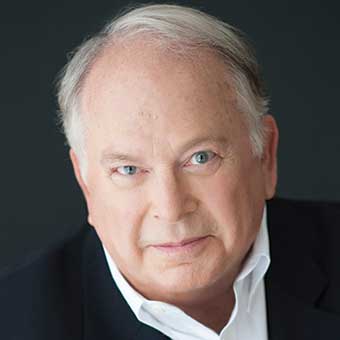
I am about to take a group of clients away from the shops, the museums, the police presence and the most often invoked tourism locations on the planet to stroll through a Paris neighborhood often described as “working class,” where my trusted operations people in France had warned me that “no one ever goes.”
It wasn’t so much a safety issue as it was a concern that my group might feel uncomfortable being stared at in a remote neighborhood on the outer fringe of one of the world’s most beautiful cities: Paris. This could be a very uncomfortable day, I thought, as we left our vehicle on Rue Lebon just across from the Marche Couvert des Ternes.
We walked just a few feet when we ran into our guides, 17th arrondissement residents Aurelie and Marion. I couldn’t shake their hands because they were each standing on a busy sidewalk holding trays of assorted morning pastries that had just come out of the ovens of a nearby boulangerie.
The sun was shining, the chocolate inside my croissant was still warm and I felt as though we had been lifted up and placed in the middle of a promotional film set organized by a real estate rental firm. We started walking, soaking it all in and quickly realizing that going where no tourist ever goes may be the perfect antidote to real and imagined issues of overtourism in major cities around the world.
The streets were free of litter. The community was well dressed but not in a “please look at me” kind of way. No one ever stared at us. In two days spent in the 17th, I never saw a single American tourist and only a handful of tourists from anywhere. I never saw a tour bus or a policeman. I never heard loud music. I never observed anyone who made me uncomfortable in any way.
We walked in small groups along the tree-shaded Rue Levis, and we started concentrating on the quality of food available in a working-class Parisian neighborhood. The roasting chickens were in full display in glistening pans facing the street. I noticed that each chicken for sale had a tag around its neck identifying its place of origin. Then we found the macaron shops (not one, several). They have competitive macaron shopping in the 17th. It was like a miniaturization of the best streets from the Left Bank: Here, a lovely shop selling nothing but 12 kinds of baguettes; there, a honey emporium; and even chic clothing outlets. We stopped to taste — a tapenade, some beautifully displayed charcuterie.
But that was all before we crossed the street to the indoor Marche, a world-class food market filed with “just off the truck” farm-fresh produce along with displays of meat and fish. There were also plants and flowers. Lots of them.
Most of the major neighborhoods now have free, Perrier-style carbonated-water fountains, where locals fill up a containers to bring some home. And every Parisian neighborhood has a market selling local produce and products.
What struck me most was the presence of neatly written signs at the base of every type of produce and along the counter selling fresh fish indicating the source of the food being sold. The Paris City Council started requiring fresh food labeling in 2010, and they continue to update their standards.
So far, half of my guests on the “no one goes” 17th visit have told me they would love to have an apartment there. I am looking.
Source: Read Full Article










